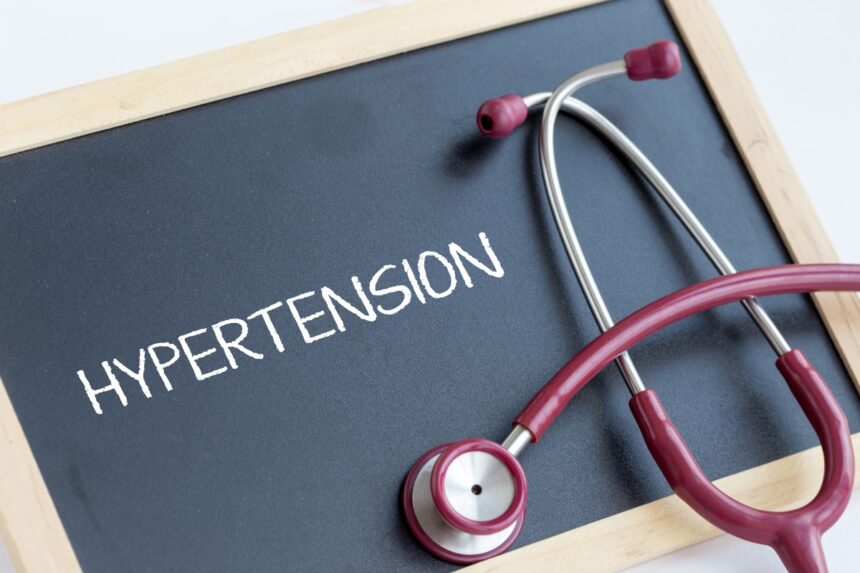Hypertension, commonly known as high blood pressure, is a silent killer that lurks in the shadows, affecting millions of lives worldwide. In India, where a vast and diverse population resides, the impact of hypertension is particularly pronounced. According to a recent report by the World Health Organization (WHO), India stands to save 4.6 million lives if effective measures are taken to combat this health issue. In this blog post, we will delve into the significance of the WHO’s hypertension report and explore ways to address this pressing health concern in India.
The Alarming Numbers
The WHO’s report sheds light on the gravity of the hypertension crisis in India. It reveals that an estimated 21% of adults in India suffer from high blood pressure, making it a widespread and critical health problem. Hypertension often goes undetected due to its asymptomatic nature, and if left untreated, it can lead to severe health complications such as heart disease, stroke, and kidney damage.
Saving Lives through Awareness
One of the primary ways to combat hypertension is through awareness campaigns and education. Many individuals remain unaware of their hypertensive status until a major health issue arises. Therefore, spreading awareness about the risk factors, symptoms, and the importance of regular blood pressure check-ups is crucial. Public health initiatives, healthcare providers, and community organizations can play a pivotal role in educating the population about hypertension.
Lifestyle Modifications
The WHO report emphasizes the significance of lifestyle modifications in tackling hypertension. Unhealthy lifestyle choices, such as a diet high in salt and saturated fats, lack of physical activity, excessive alcohol consumption, and tobacco use, are major contributors to high blood pressure. Encouraging healthier lifestyles through dietary guidelines, promoting physical activity, and anti-smoking campaigns can significantly reduce the prevalence of hypertension.
Access to Healthcare
Access to affordable and quality healthcare is essential for early detection and management of hypertension. In India, where healthcare infrastructure varies greatly across regions, ensuring equitable access to healthcare services is paramount. Governments and healthcare providers should work together to establish screening programs and clinics that can diagnose and manage hypertension effectively, particularly in underserved areas.
Regular Monitoring and Medication
For those already living with hypertension, regular monitoring of blood pressure and appropriate medication are vital. The WHO report underscores the importance of adherence to prescribed medications. It also highlights the need for making essential antihypertensive medications more affordable and accessible to all, especially for those with limited financial resources.
Community Involvement
Community involvement and support networks can significantly contribute to hypertension control. Creating support groups and community health programs can motivate individuals to adhere to their treatment plans, adopt healthier lifestyles, and provide emotional support. Peer education and community-based interventions can be effective tools in managing hypertension on a larger scale.
Conclusion
The WHO’s hypertension report serves as a wake-up call for India to take decisive action against this silent killer. With 4.6 million lives hanging in the balance, it is imperative that individuals, healthcare professionals, governments, and communities come together to combat hypertension. By raising awareness, promoting healthy lifestyles, improving access to healthcare, and encouraging medication adherence, India can make substantial progress in reducing the burden of hypertension and saving millions of lives.
In the face of this public health challenge, it is not just the responsibility of healthcare systems but also the duty of each citizen to take control of their health. Regular check-ups, healthier choices, and a commitment to managing hypertension can go a long way in ensuring a healthier, happier, and longer life for millions of Indians. Let’s take this opportunity to make a positive change and work towards a healthier future for our nation.







